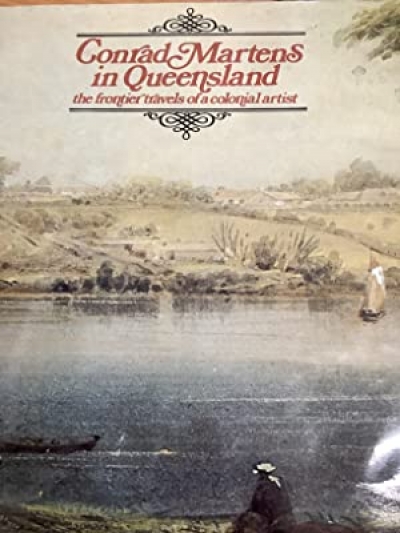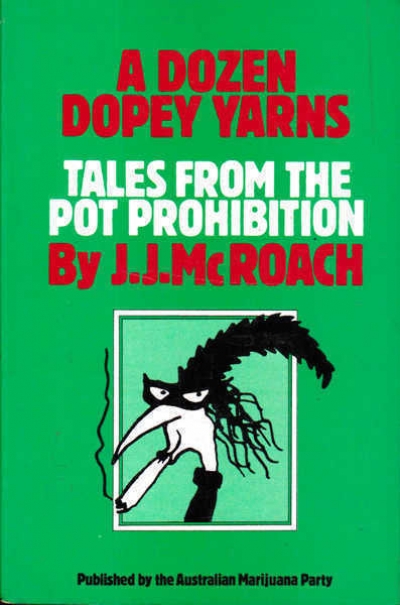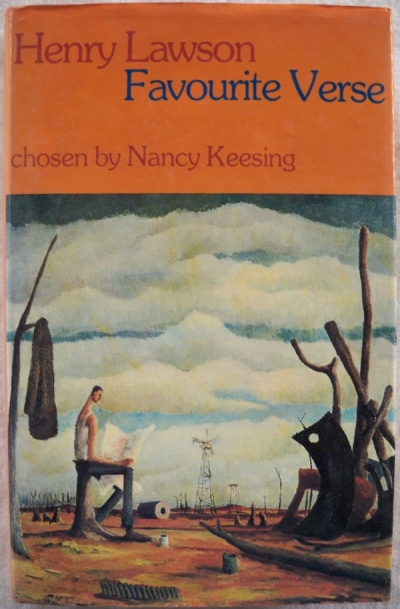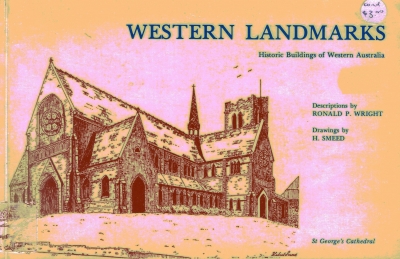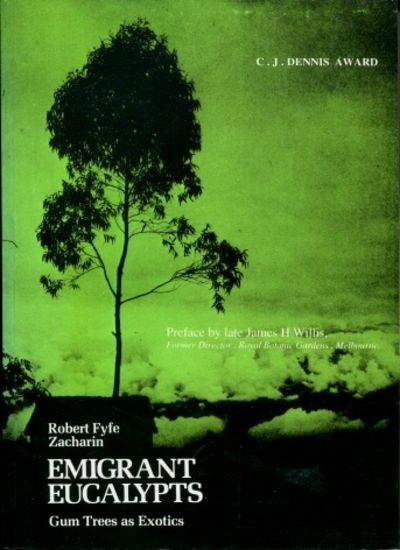Archive
Marxists have always been concerned about the relationships of intellectuals to the rest of society, and particularly to change in society. The intellectual, being able to stand aside from immediate social pressures, is able to see the truth of what is happening, and so to correct the false consciousness of those who are involved in the everyday business of production.
Marx and Engels themselves provide the perfect examples of these roles – Engels earned the income, in his role as successful capitalist, while Marx did the thinking. Yet there is a contradiction. The conclusion to which Marx's thinking led him was that ideas themselves are determined by the material forces of production. If this is so, then the words of the intellectual who explains this process are not only irrelevant. but probably untrue, as the consciousness which has generated his ideas has not itself been a part of the productive process.
... (read more)Conrad Martens in Queensland by J.G. Steele & A few Thoughts and Paintings by Ted Andrew
A Dozen Dopey Yarns: Tales from the pot prohibition by J.J. McRoach
Henry Lawson: Favourite verse edited by Nancy Keesing, illustrated by Walter Stackpool
Western Landmarks by Ronald P. Wright & Western Heritage by Ray and John Oldham
Eucalypts for Wood Production by W.E. Hillis and A.G. Brown & Keys to the Families and Genera of Queensland Flowering Plants (Magnoliophyta) by H.T. Clifford and Gwen Ludlow
So much has been written about Language One in various English teaching journals that there is little to add. What has been written has usually been critical – often very critical – ranging from ‘not only is it a bad book, but it is misleading’ (Idiom) to ‘buy one for your barbeque. soon’ (Opinion). Language Two will doubtless produce a similar response – from theorists, book reviewers, and the occasional highly competent teacher.
... (read more)


